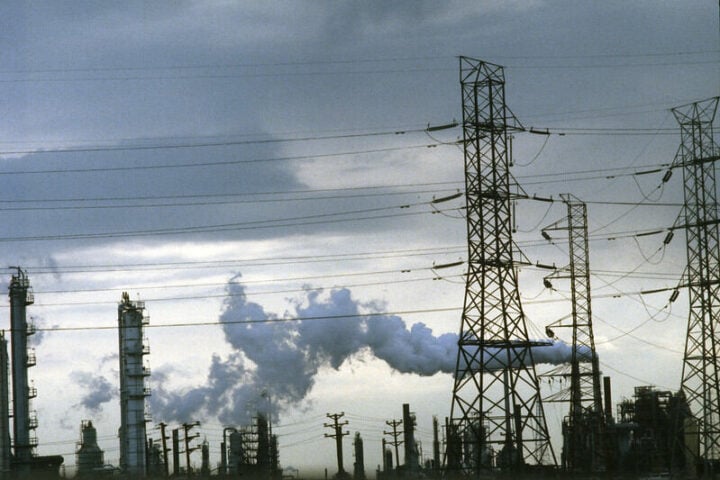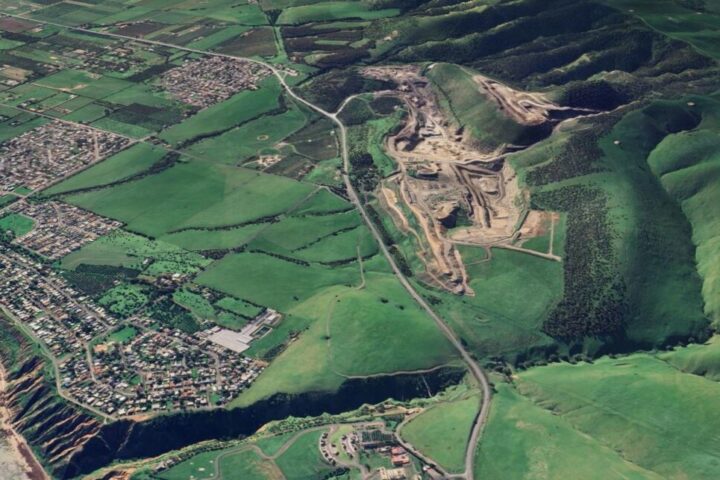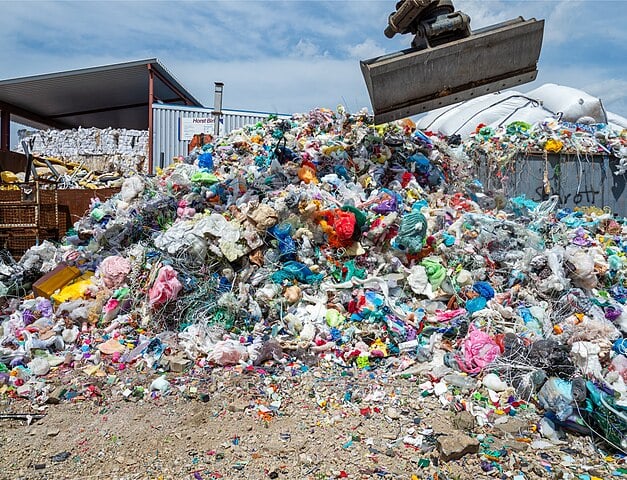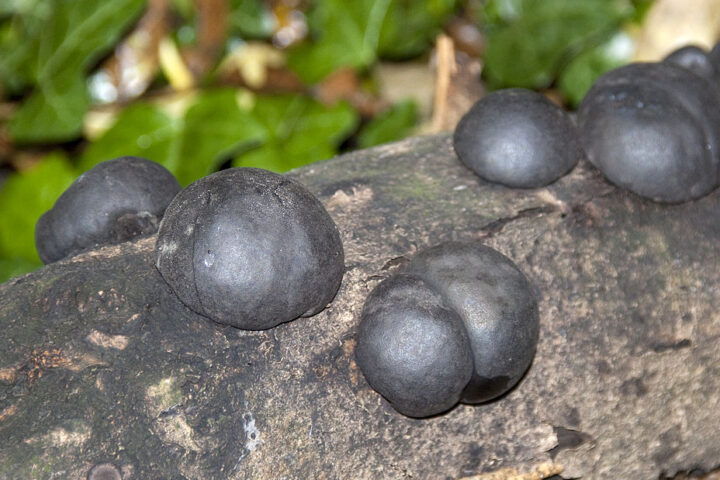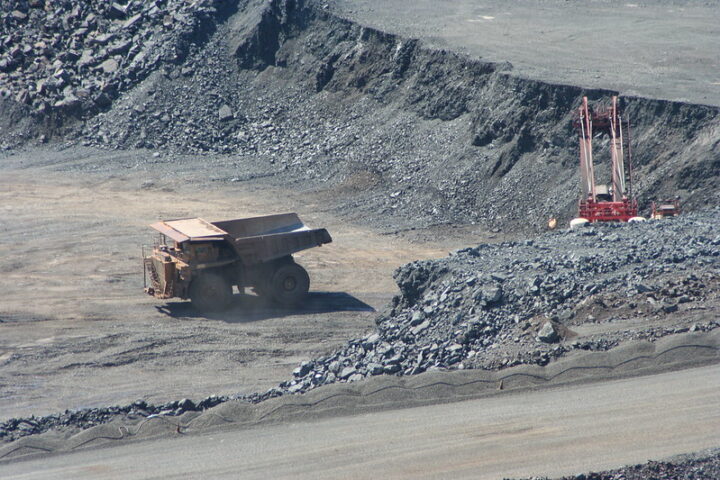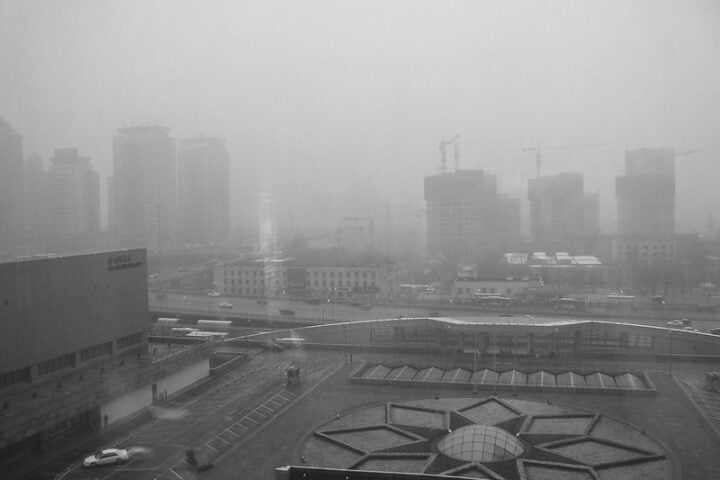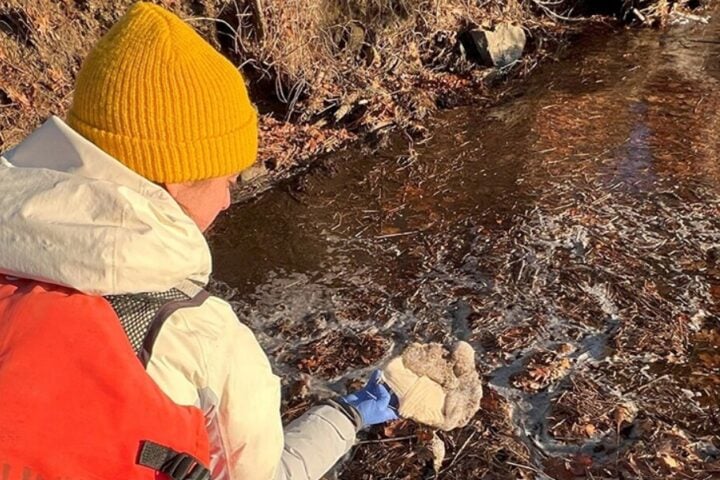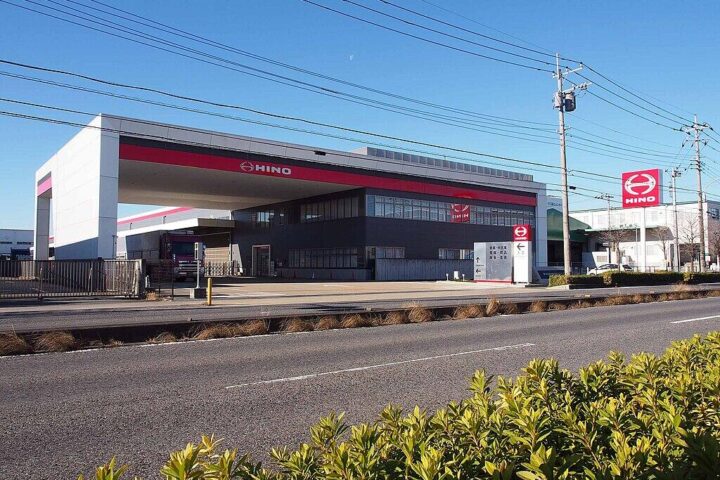Researchers at Newcastle University have developed a novel humidity-driven membrane to capture carbon dioxide (CO2) from the air, potentially revolutionising Direct Air Capture (DAC) technology. This innovative approach addresses the significant challenge of separating CO2 from the atmosphere, where its concentration is a mere 0.04%.
The research team, led by Professor Ian Metcalfe at the Royal Academy of Engineering Chair in Emerging Technologies at Newcastle University’s School of Engineering, made this innovation by tackling two primary obstacles in dilute separation processes. Metcalfe explains, “Dilute separation processes are the most challenging separations to perform for two key reasons. First, due to the low concentration, the kinetics (speed) of chemical reactions targeting the removal of the dilute component are very slow. Second, concentrating the dilute component requires a lot of energy.”
This membrane technology overcomes these hurdles by leveraging naturally occurring humidity gradients as a driving force to pump CO2 out of the air. Additionally, the presence of water accelerates the process, addressing both the energy and kinetic challenges simultaneously.
Dr. Greg A. Mutch, a Royal Academy of Engineering Fellow at Newcastle University, elaborated on the significance of this development: “Direct air capture will be a key component of the energy system of the future. It will be needed to capture the emissions from mobile, distributed sources of carbon dioxide that cannot easily be decarbonised in other ways.”
The unique ability of the membrane is to capture CO2 from air and increase its concentration without traditional energy inputs like heat or pressure. Mutch examines: “I think a helpful analogy might be a water wheel on a flour mill. Whereas a mill uses the downhill transport of water to drive milling, we use it to pump carbon dioxide out of the air.”
Published in the Journal Nature Energy, the study is a collaborative project for researchers from Victoria University of Wellington, Imperial College London, Oxford University, Strathclyde University, and UCL. The team employed X-ray micro-computed tomography to precisely characterise the membrane’s structure, enabling robust performance comparisons with other state-of-the-art membranes.
Metcalfe acknowledges the collaborative nature of this research: “This was a real team effort over several years. We are very grateful for the contributions from our collaborators and for the support from the Royal Academy of Engineering and the Engineering & Physical Sciences Research Council.”
A crucial aspect of the research involved modelling the molecular-scale processes within the membrane. Using density-functional-theory calculations, the team identified ‘carriers’ that uniquely transport both CO2 and water. This mechanism allows the energy from humidity differences to drive CO2 through the membrane from a low concentration to a higher concentration.
Similar Posts
Dr. Evangelos Papaioannou, Senior Lecturer at Newcastle University’s School of Engineering, described the membrane’s operation: “When the humidity was higher on the output side of the membrane, the membrane spontaneously pumped carbon dioxide into that output stream.”
The development of this humidity-driven membrane is particularly timely, given the urgent need for effective carbon capture technologies. With global CO2 emissions reaching approximately 40 billion metric tonnes annually, innovative solutions are crucial for mitigating climate change and achieving targets like the 1.5°C goal set by the Paris Agreement.
DAC technologies have gained increasing attention in recent years as a potential tool for combating climate change. The Intergovernmental Panel on Climate Change (IPCC) has highlighted the importance of negative emissions technologies, including DAC, in many scenarios for limiting global warming to 1.5°C above pre-industrial levels.
However, current DAC technologies face challenges in terms of energy efficiency and scalability. The humidity-driven membrane developed by the Newcastle team offers a promising alternative that could potentially overcome these limitations.
This research has been built upon previous work in the field of membrane-based gas separation by researchers at MIT. In 2019, they developed an electrochemical system that could selectively remove CO2 from a stream of gas, but it demanded an external voltage. The Newcastle team’s approach eliminates the need for such external energy inputs, potentially improving the overall efficiency of the capture process.
While the technology shows promise, several questions remain regarding its scalability and real-world performance. Future research will likely focus on optimising the membrane’s composition and structure, as well as exploring ways to integrate it into larger-scale carbon capture systems.
The development of this humidity-driven membrane for CO2 capture exemplifies the critical role of separation processes in addressing global challenges. As we move towards a circular economy, such technologies could prove instrumental in providing CO2 as a feedstock for producing hydrocarbon products in a carbon-neutral or even carbon-negative cycle.
As the world grapples with the urgent need to reduce greenhouse gas emissions, innovations like these offer a glimmer of hope. However, it’s important to note that while DAC technologies can play a role in mitigating climate change, they should be viewed as part of a broader strategy that includes transitioning to renewable energy sources and reducing overall emissions.


